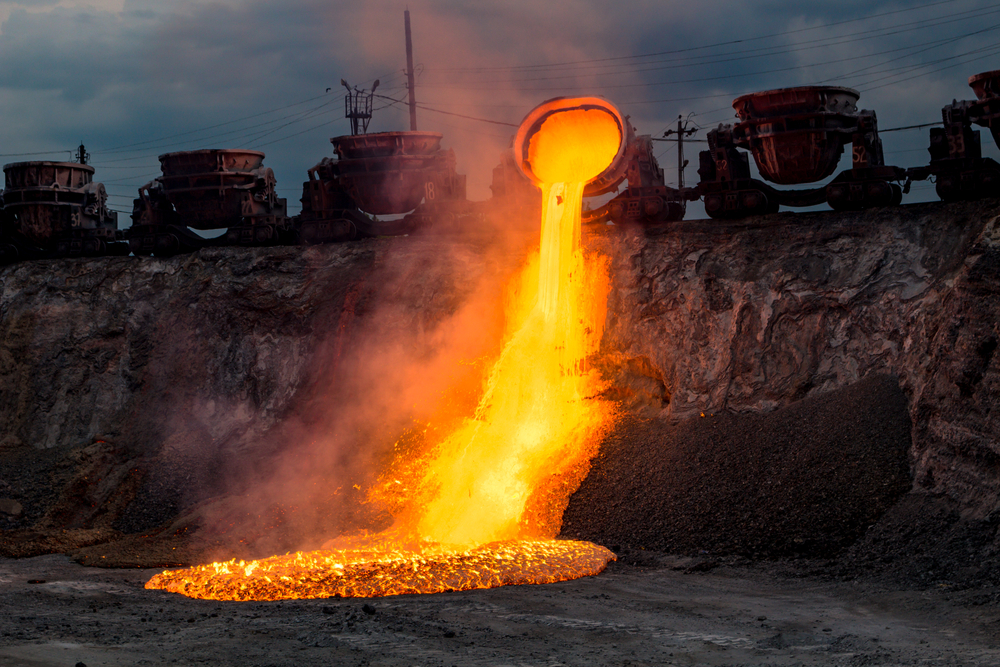 On Friday, the bounce in the iron ore price at the start of the week proved to be of the proverbial dead cat variety. Worries about Chinese demand going into winter also turned September into the worst trading month for the steelmaking raw material since the rout of May last year.
On Friday, the bounce in the iron ore price at the start of the week proved to be of the proverbial dead cat variety. Worries about Chinese demand going into winter also turned September into the worst trading month for the steelmaking raw material since the rout of May last year.
The Steel Index benchmark price for Northern China 62% Fe ore sank by 1.9% to trade at $61.50 a tonne on Friday, a three-month low. Year-to-date iron ore has lost more than 20% of its value.
Most of that capacity was idle already
Chinese imports constitute around 70% of the seaborne trade and 2017 shipments are in line with record imports of over 1 billion tonnes last year. Higher imports have pushed hundreds of domestic Chinese producers out of business but high-grade supply from major producers in Australia, South Africa and Brazil continues to grow.
That explains why Beijing’s announcement that it would revoke about a third or around 1,000 of the country’s iron ore mining licences did little to boost the price. Most of that capacity was idle already.
China produces as much steel as the rest of the world combined and mills produced record tonnage for a second month straight in August. But the rapid growth is mainly in anticipation of mandated output cuts during winter months – as much as 50% in top steel producer province Hebei – in an effort to alleviate pollution problems in large cities.
“We think that local governments are likely to carry out the environmental cuts forcefully,” Goldman Sachs analysts noted in a report this week. “The market has not fully priced the negative environmental restrictions on iron ore demand. Therefore, we expect iron ore prices to fall further going into Q4.”
Stubbornly high port stocks are also clouding the outlook for the iron ore price. According to Umetal’s survey of 42 ports in China, total port inventory stood at just under 134m tonnes on Friday up 1.66m tonnes for the week.

Slag discharge at foundry. Image: Shutterstock
Comments
King Blonde
You call – 1.9% a sunk? It is just a little shiver! But in fifty years, the people are mining iron ore or clicking “like”?